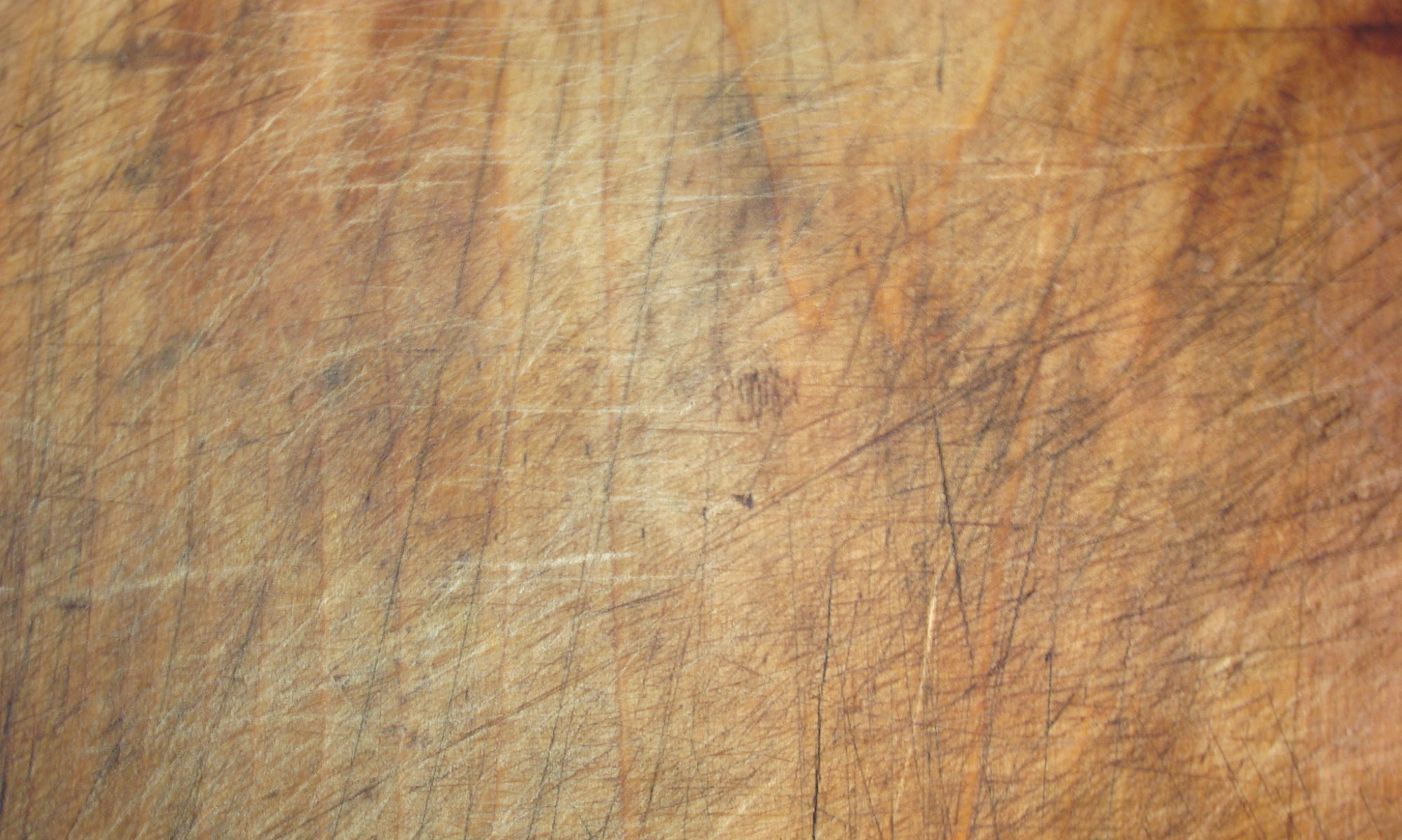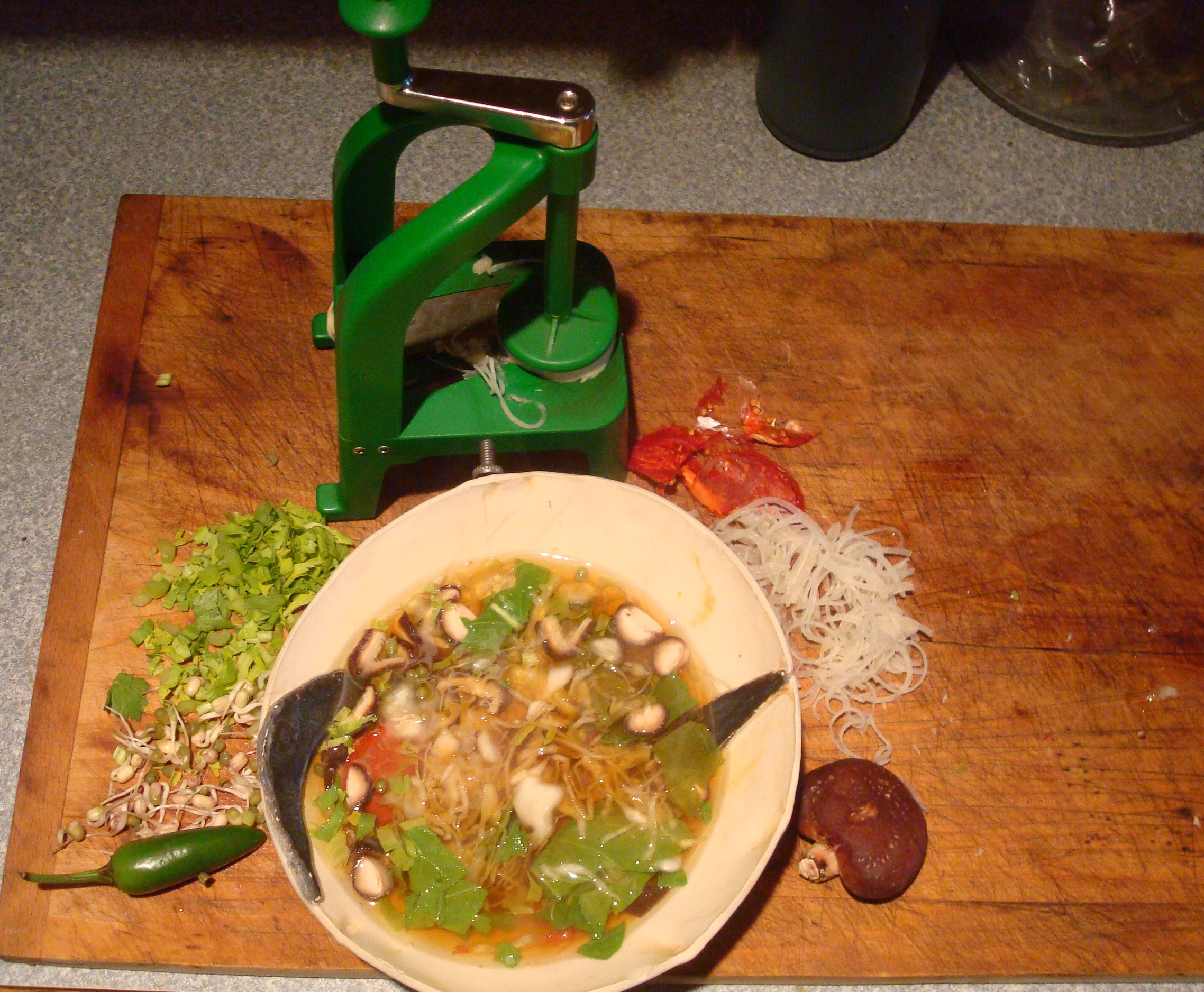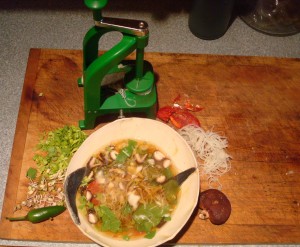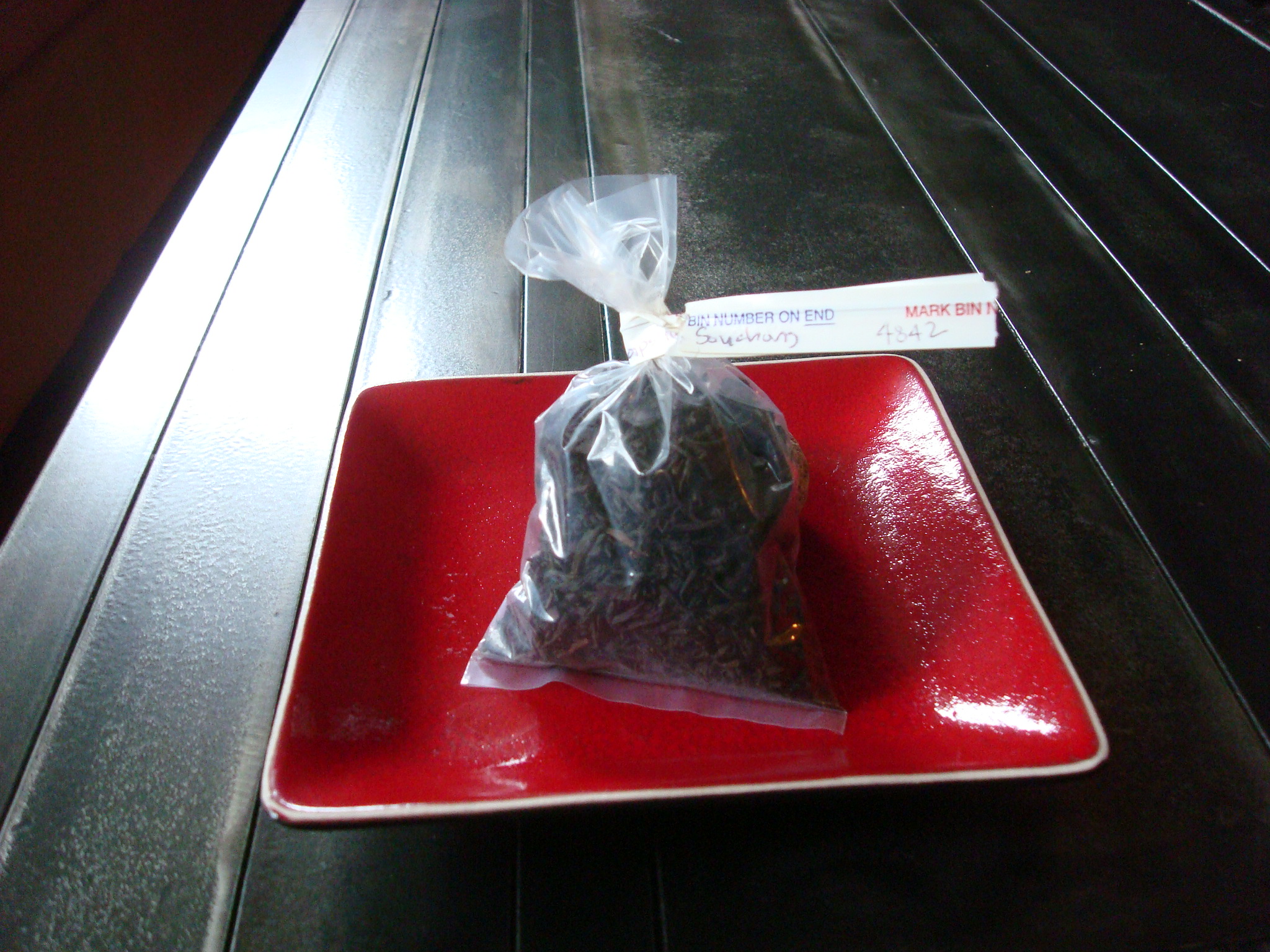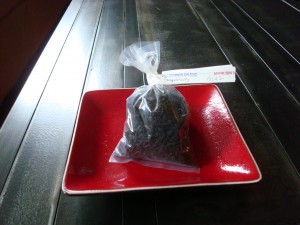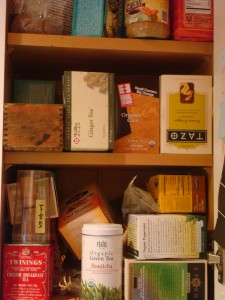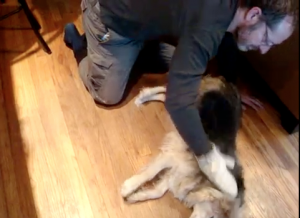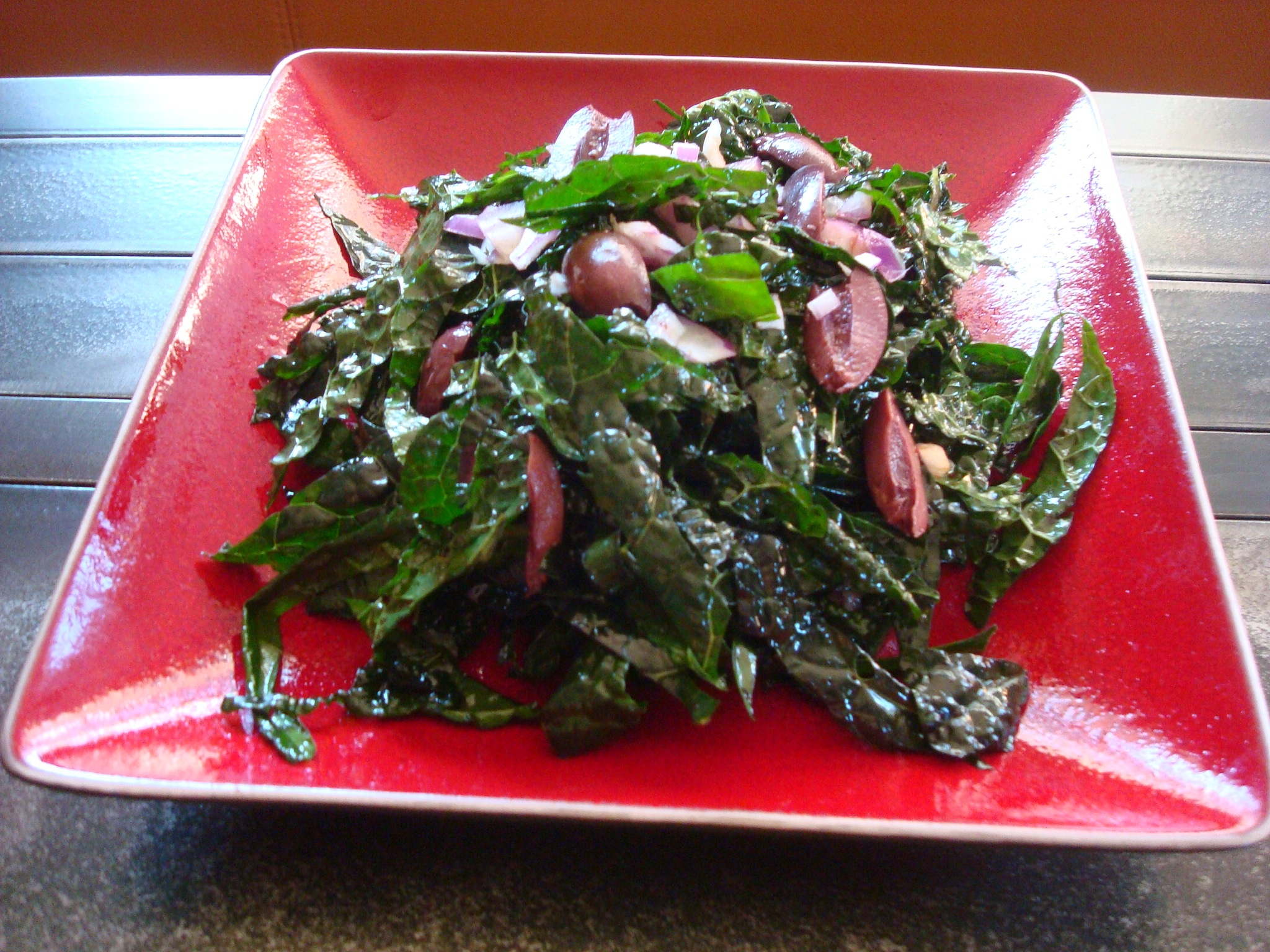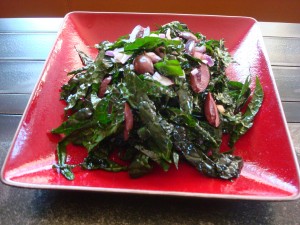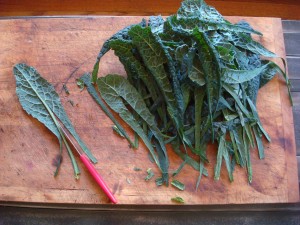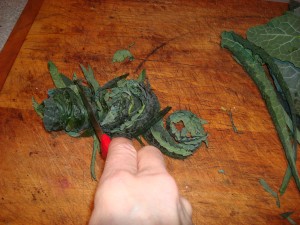
I’ve done some arduous things in my life; like memorizing all the points and meridians when I was in acupuncture school; like being a caregiver for my paralyzed mother for two years; like walking through the wilderness with a heavy backpack on, in all kinds of weather, on all kinds of terrains. All these experiences taught me the same thing: I can tough it out.
So when my best friend Anna and I sat for a three-day Zen meditation retreat last September, I expected I could handle the long twelve-hour days of sitting, walking and eating in silence. And, in fact, during the first day of sitting, in between all the thoughts and emotions circulating through my head, there were moments, maybe just seconds, when I experienced an exquisite sense of stillness, a deep emptiness, an unexpected peace. And there were other moments when I felt a profound sense of widening, as if my own molecules were pushing outward and disappearing into the collective molecular mix of the room. That’s all really great, really profound, but that’s not all I experienced.
You see, by the end of the first day, when the the twelve hour day was two hours away from being over, I couldn’t get my mind off the tea and cookie that would be served at the closing of the sit. More specifically, my mind wrapped itself around the cookie as if it was the fortune I had been seeking my whole life. I just really, really wanted a cookie. Can you relate?
Indeed, the end of the day did arrive at nine o’clock and I got my cookie, and yes, I enjoyed it immensely. As soon as Anna and I were in the privacy of my car as we began our drive home, I said with total clarity, “Anna, all this work, it’s all about the cookie. I’m working for the cookie.” Understanding my irony, she laughed because she also spent the day watching her mind spin out on her own wild preoccupations.
The next morning as we drove to the retreat together, Anna confessed, “I don’t know if I can keep it together today thinking about you working for the cookie. That’s so funny to me.”
The day unfolded precisely as the day before; we cycled through chanting, dharma talks, silent sitting, silent walking, and silent eating. At dinnertime, Anna and I silently walked by each other with eyes cast down, and both at the same time glanced at the box of cookies on the table. Knowingly, we smiled at each other. Unbeknownst to me, however; the tea server for the evening had asked Anna to help him serve the cookies at the end of the day. A few hours later, when it was time for the tea service, which is enacted with a graceful series of bows, teacups raised and lowered, and cookies offered one at a time, I was surprised to see Anna following the tea server with a plate of cookies in her hand. I couldn’t help but smile inwardly, so proud was I of her as she bowed at all the appropriate times with total sincerity and accuracy. You see, Anna was raised in an orthodox Jewish household, but as an adult, she was no observer of any disciplines or traditions, which made her sincerity all the sweeter.
After the tea server bowed to me, I raised my teacup to be filled; afterwards, both the tea server and I bowed to each other once again. Anna followed right behind and bent down, offering me a cookie with all the ritual correctness she could muster, and even though she said not a word, I could hear her saying to me telepathically, “Here’s your cookie, Joycie!” In the next moment, we both burst out laughing, not in light chuckles or even suppressed giggles; no, we lost all control. Tears streamed down our faces, our noses dripped, and when we tried to hold it back, we erupted all over again into spasms of laughter.
Through all the years of our friendship, we have had many gut busting crackups, but always in our own company, and never in the middle of a collectively maintained shrine of stillness. While we were in the middle of our own Lucille Ball skit, the others in the room sat silent as stones patiently waiting for us to calm down. Eventually we did quiet down, but not without spurting out a series of last laughs. It was the ultimate inside joke.
The next day, I asked the teacher, “So, what is the cookie? What am I really working for?” He answered, “To know your true nature.” Oh, right.
Tomorrow I’ll begin four-day sit. I’m really looking forward to the cookies!
